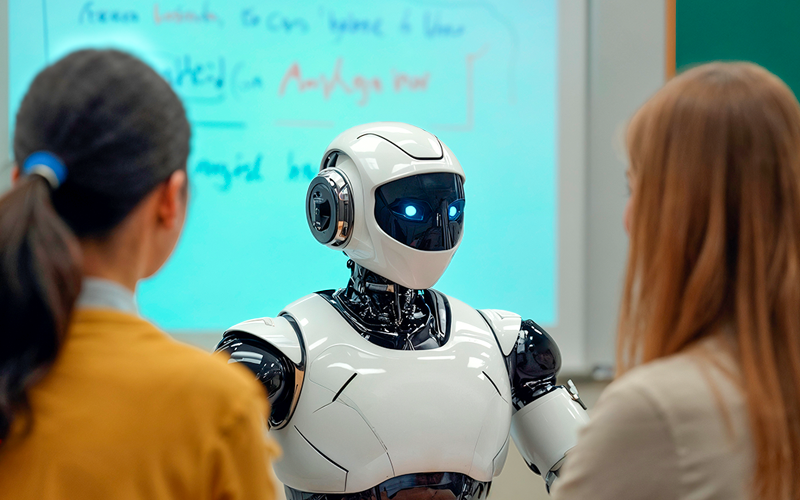Artificial Intelligence (AI) is already reshaping industries, from finance to healthcare, manufacturing to education. But as AI adoption and workforce retraining become urgent priorities, one truth stands out: without upskilling people alongside the technology, innovation could deepen inequality and disrupt economies instead of strengthening them.
The potential is huge:
- Faster decision-making
- Lower operating costs
- Groundbreaking innovation
- Better customer experiences
But there’s a side to AI we can’t ignore; without strategic workforce retraining, the benefits could be overshadowed by job losses, inequality, and economic disruption.
The Double-Edged Sword of AI Adoption
AI can do more than just automate repetitive tasks. It can:
-
Analyze massive datasets in seconds
-
Make accurate predictions
-
Spot patterns humans can’t
-
Even create new content and solutions
This is exciting for innovation but risky for employment.
The World Economic Forum predicts AI will create millions of new jobs but also displace millions more.
The real problem? A skills mismatch.
The jobs being created require different skills than the ones being lost, and without retraining, too many workers will be left behind.
Why Workforce Retraining Must Go Hand in Hand with AI Adoption
-
Close the Skills Gap
Future jobs demand advanced digital literacy, critical thinking, creativity, and AI understanding. Without retraining, the gap only widens. -
Protect the Economy
Sudden mass layoffs can spike unemployment, reduce consumer spending, and weaken the same economy AI promises to boost. -
Make Growth Inclusive
AI should raise everyone, not just a select few. Retraining opens doors for all, including those in vulnerable communities. -
Enable Human–AI Collaboration
AI handles speed and data; humans bring ethics, empathy, and context. Retraining helps workers move into higher-value roles where both can shine.
What Effective AI Workforce Retraining Looks Like
-
Start Early: Don’t wait until automation hits; begin upskilling now.
-
Tailor by Industry: From finance to healthcare, training must meet sector needs.
-
Public–Private Partnerships: Governments, businesses, and schools should co-invest in programs.
-
Flexible Learning: Micro-courses and on-demand training keep skills fresh.
-
AI Literacy for Everyone: From frontline staff to executives, everyone needs to know what AI can (and can’t) do.
Proof It Works
A manufacturing company rolled out AI-powered predictive maintenance. Instead of replacing staff, they trained maintenance workers to become supervisors of the AI system.
The result?
-
Higher productivity
-
Less downtime
-
No layoffs, and a more skilled, adaptable workforce
AI Adoption, Workforce Retraining, and Sustainable Growth
Pairing AI adoption with workforce retraining supports the United Nations Sustainable Development Goals (SDGs):
-
SDG 1 – No Poverty: Keeps workers from falling into financial hardship.
-
SDG 8 – Decent Work & Economic Growth: Creates meaningful, future-ready jobs.
-
SDG 10 – Reduced Inequalities: Ensures opportunities reach all communities.
It also strengthens ESG commitments, showing your business is forward-thinking and people-focused.
The Bottom Line
AI will reshape the world of work, but the outcome is in our hands.
With workforce retraining, we can create an economy that’s more resilient, more inclusive, and ready for the future. Without it, we risk deepening inequality and losing the very progress AI promises.
If you’re adopting AI, now is the time to invest in your people.
Let’s make sure no one gets left behind. Contact us today to begin your transformation.


